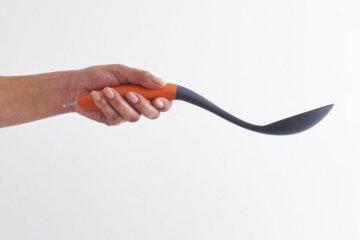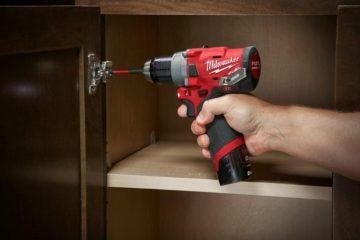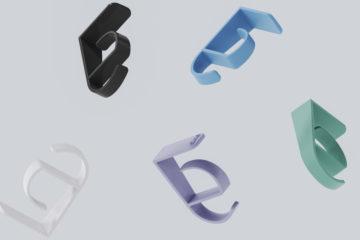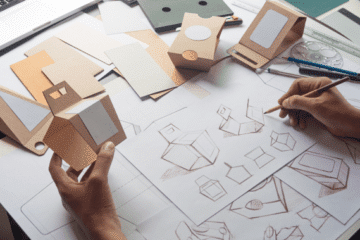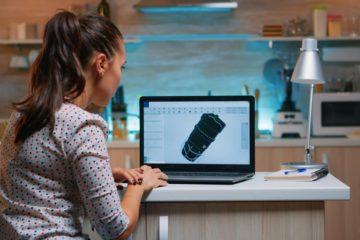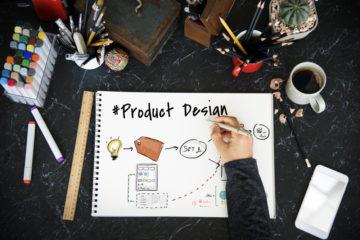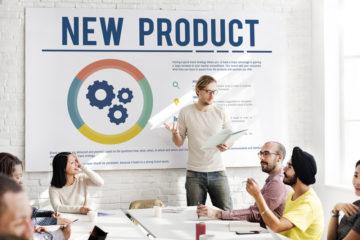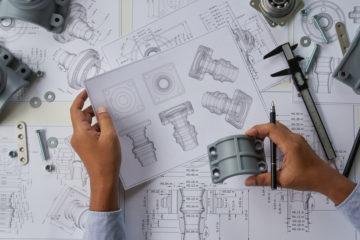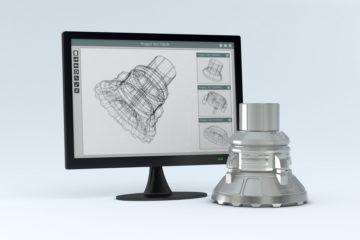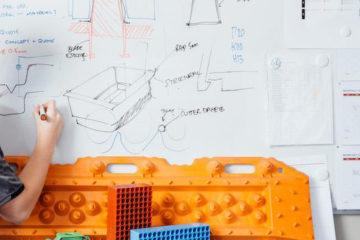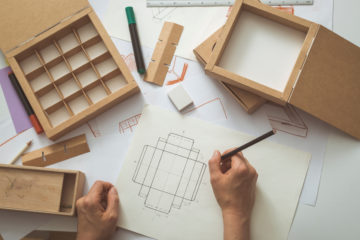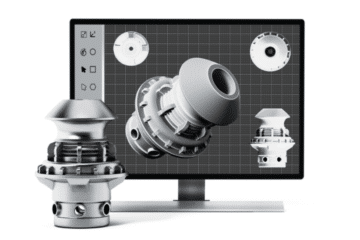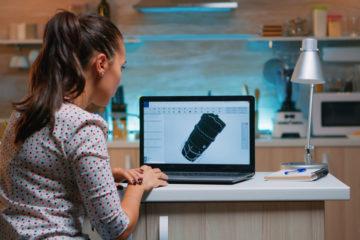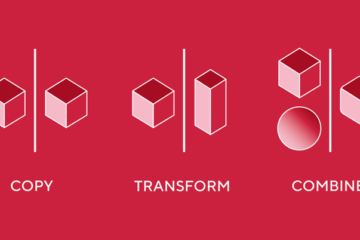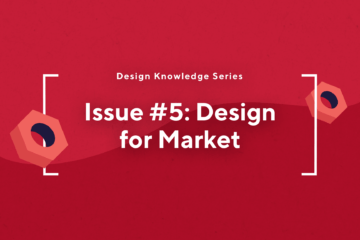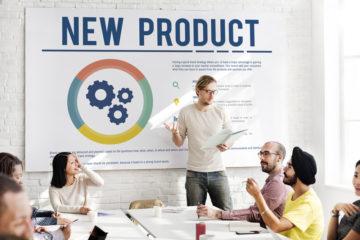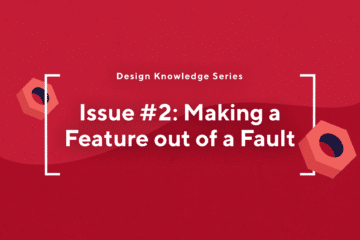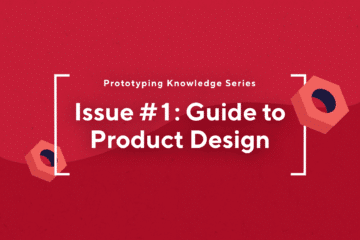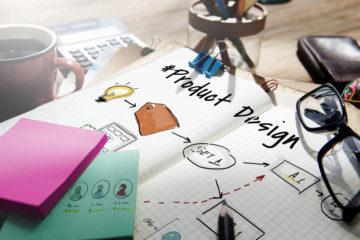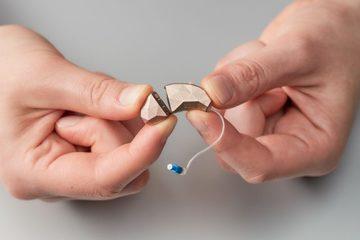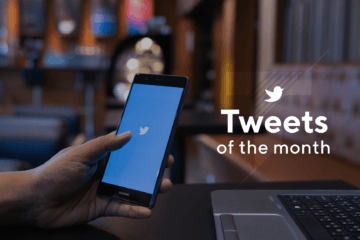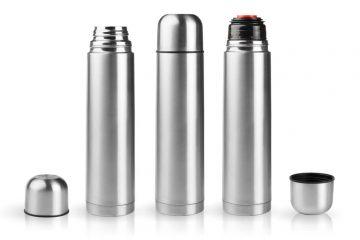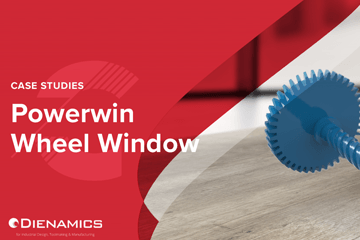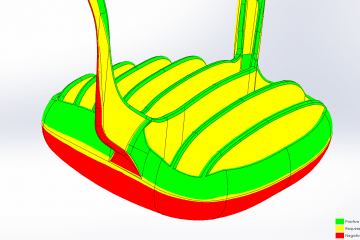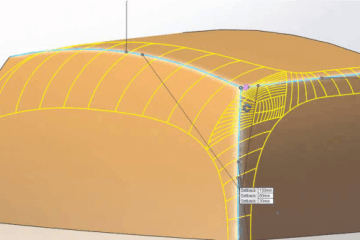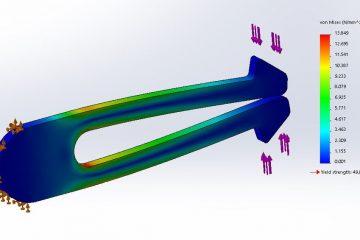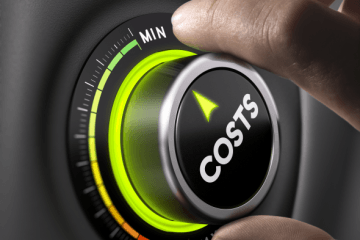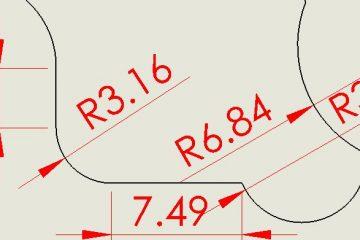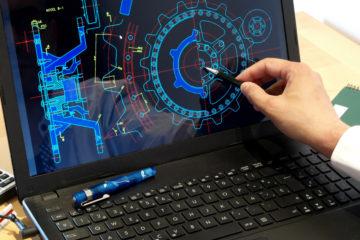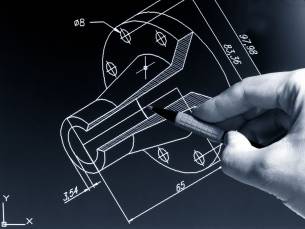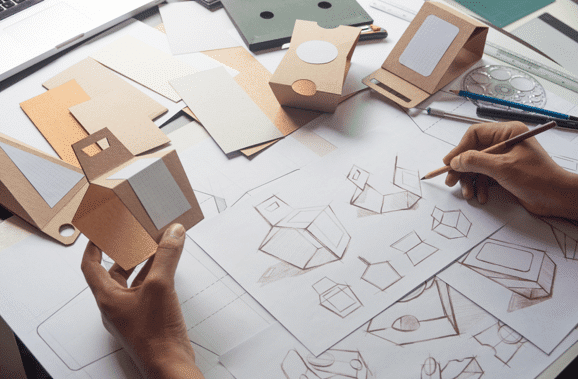
The journey of bringing your new product to the market is a long and winding road, with unknown obstacles and forks along the way. Even history’s greatest designers don’t know the path from start to finish before setting off, but they know how to make the right decisions along the way that allow them to progress efficiently and end up with a winning design. This is the beauty – and ultimate challenge – of the design process.
Mastering this for the industrial designer means faster turnaround times and better designs that do right by your customers. And for business owners, this means a higher-value and marketable product, launching your product ahead of your competitors, and thereby maximising your sales.
So, how do you do this? The answer is through having an efficient product development process. In this article, we will explore five essential strategies to optimise your product development process and drive success.
Clearly Define Objectives and Scope
The first step to streamlining your product development journey is to clearly define your objectives and scope. Conduct thorough market research to identify customer needs, preferences, and pain points. Use this information to develop a detailed product roadmap that outlines:
- Goals of the product
- The problem that the product is solving
- Key features of the product
- Specifications of the product
By having a well-defined scope, you can avoid project delays and design creep (where the design solution slowly changes with iterations to not solve the identified problem). Clearly articulated objectives help keep the industrial designer, toolmaker, and customer aligned with the end goal throughout the entire process.
Once the scope is defined, this doesn’t mean that it is all set in stone. Over time throughout the process, it may come to surface that some scope elements don’t truly reflect what is needed of the product and in the market. This is a key part of the process of design discovery. However, it is important that changes to the scope are always in alignment with the overall goals of the product. This is where agile product development really shines.
Adopt Agile Product Development
Agile product development methodologies are designed to promote flexibility, collaboration, and quick iterations. Embrace agile practices such to break down the product development journey into smaller, manageable tasks or sprints. This allows for continuous feedback along the design journey, offering opportunities to constantly review the design and product suitability and make adjustments based on changing market dynamics, customer feedback, or reviewing digital or physical prototypes.
Regularly hold sprint review meetings to assess progress, gather feedback, and make necessary adjustments to the product roadmap. Agile development enables you to respond quickly to market demands and deliver a high-quality product in a time-efficient manner.
Leverage Cross-Functional Collaboration
Effective communication and collaboration between cross-functional teams are key to streamlining a product’s development. Bring together teams from various disciplines, such as industrial design, engineering, marketing, and customer support, right from the start.
Encourage open communication and knowledge sharing to leverage the collective expertise of the team. Regular meetings and stand-ups help align everyone involved in the project, ensuring that potential roadblocks are identified early and addressed promptly.
If you are a start-up or a 1–2-person business, then this may look like engaging your other contacts or friends for feedback and input throughout the design journey. This allows for different perspectives to review your product and its features, rather than developing your product in a vacuum where it is easy to get lost in the detail. This can often provide truly surprising and novel insights that are valuable to your design’s success.
Rapid Prototyping and Testing
Rapid prototyping is a powerful technique to make better products in shorter amounts of time. Create early prototypes to validate design concepts and functionality.
With the prevalence of 3D-printing, prototyping is fast and relatively inexpensive compared to traditional methods making it possible to do multiple prototype runs before launching your product.
User testing these prototypes provides invaluable insights into user preferences and pain points, allowing you to make informed design decisions moving forwards. As you gather feedback from user testing, iterate and refine the product to address any identified issues. This iterative process minimises the risk of costly design flaws and ensures that the final product aligns with customer needs.
Embrace Technology and Tools
Leverage modern technology and tools to streamline your product development journey. Utilise computer-aided design (CAD) software to create detailed product blueprints, enabling faster design iterations and reducing the likelihood of errors. Project management and collaboration tools facilitate efficient team communication and task tracking.
Additionally, cloud-based platforms enable real-time collaboration among team members, regardless of their physical locations. Embracing cutting-edge technologies empowers your team to work more efficiently and effectively, leading to accelerated product development.
Summing Up
Streamlining your product development journey is essential for achieving a competitive edge in the market and meeting customer demands. Remember that streamlining is an iterative process, and continuous improvement is crucial for staying ahead of the competition. By adopting these strategies, you can deliver products to market faster, and build a reputation for excellence, ensuring long-term success and growth.
Looking to design your product?
At Dienamics, we have over 35 years of experience in industrial design, tool making and manufacturing in Brisbane. We offer specialised manufacturing services to help you take your concept from an idea to a reality.
Talk to our expert team today.
Subscribe to Our Newsletter
Get the latest news from Dienamics into your inbox







